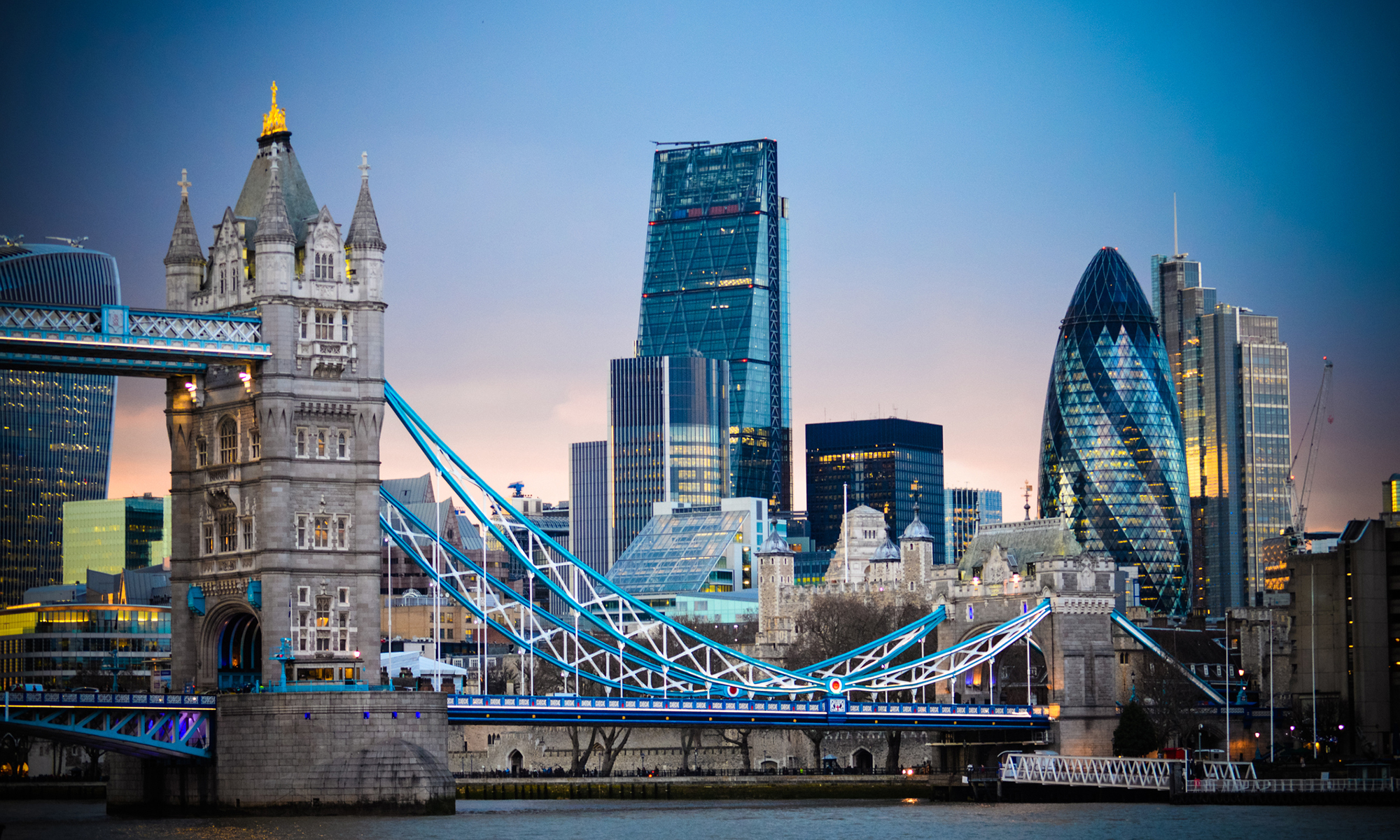To mitigate the risk of future mass tort litigation, we look at some practical steps which businesses can take before re-opening their doors
By Sharon Caffrey & Alex Geisler
24.04.2020
This is a hypothetical case study. It’s set in the future, and it’s about a Coronavirus mass tort case. Our trial opens like this:
“Ladies and gentlemen of the jury, I represent the family of Mr Smith. The facts of the case are that he died of Covid-19, and that he was in three commercial locations during the infection window. 1) He went to work 2) He stayed at a hotel 3) He shopped in a store, and these are our three Defendants. Mr Smith travelled alone in his car to these locations, and no-one else in his family was sick before he broke home isolation to go to these places. All three of these Defendants reopened for business to make money, and one of them is where Mr Smith was exposed to the deadly virus. These are the facts of the case, and they are not in dispute.”
Aside from borrowing the cadence from Aaron Sorkin[1], does this sound far-fetched? Well, consider this. Businesses will reopen and people will leave the relative safety of home isolation. Some will get sick, and tragically some will die. The question is not whether there will be litigation, it is what will the ground rules be? So, imagine that you’re a Defendant on this imaginary docket, and ask yourself this, what are my possible defences?
- Meeting the Legal Standard: This defence argues that state/national guidelines from the governor/government authorised you to reopen on certain conditions, and that you met them. That sounds OK, until you consider that for decades juries in tort cases have rejected this defence. Juries treat government standards as a minimum, not a substitute meeting for a higher expectation of the duty of care to the Plaintiff.
- Foreseeability: It is entirely foreseeable that, upon reopening, visitors will get infected on the premises. Indeed, it is foreseeable that someone who is asymptomatic but infectious will infect many others. However, if you can document the lack of Covid-19 cases in your facility and steps taken to mitigate its spread, you have a chance of prevailing in instances where other defendants do not have well-developed strategies and properly maintained documentation.
- Volenti: Good luck trying to persuade a jury that the deceased volunteered to catch the virus. How so? By leaving his home and entering commercial premises that were open for business.
- Cause of Death: This defence argues that the Plaintiff died with Covid-19, but didn’t die of it. Well played counsellor, nice try, but to a jury this is a distinction without a difference. Even supposing the medical evidence supports this hypothesis, the likelihood is that it’s not a defence. Best case, this argument will reduce damages.
- Causation: This is where the rubber really hits the road. This defence contends that the Plaintiff can’t say where he caught the virus. This will often be true, but it’s not necessarily a defence, it’s simply the reason why we have multiple Defendants. This is where the Plaintiffs’ bar will use its experience in decades of asbestos mass tort litigation. Just as in asbestos cases, the causation science is likely to be impossible to resolve satisfactorily. The way the Plaintiffs’ bar resolved this in asbestos cases was by not resolving it. Instead they simply joined every candidate Defendant. In our hypothetical case, each Defendant might lead evidence of how their facility was scrubbed clean and inspected, and how no other visitors got the virus. Except that we know the virus is spread by occupants coughing and sneezing regardless of surface cleanliness. Besides, many infected people have mild symptoms or none, so you can’t ever say that no other visitors were infected. The best defence will be to utilize contact tracing to show that no one entering your facility in the 14 days before Plaintiff has tested positive for Covid-19, and to seek discovery from co-defendants about their contact tracing.
This discussion is set in the future, but these litigation risks are real and there may be no complete answer to them. But there is mitigation. If you are a business which is about to reopen you could take steps to, for example:
- Be sure to understand and meet all public health guidelines and standards, and then exceed them significantly. If this means admitting less visitors and having extra staff to police social distancing, so be it.
- Place adequate and effective warnings.
- Subject to the relevant guidance recommending to the contrary, require those entering your business to wear masks.
In other words, the best advice is to do everything you can, but understand it’s only risk mitigation. So, lastly, check your public liability insurance before you reopen. Don’t assume your existing policy has adequate coverage for reopening, or any coverage.
For More information
If you would like any further information about our views on the risk mitigation steps discussed in this blog, please contact Sharon Caffrey or Alex Geisler, or another of your usual Duane Morris contacts.
[1] A Few Good Men
